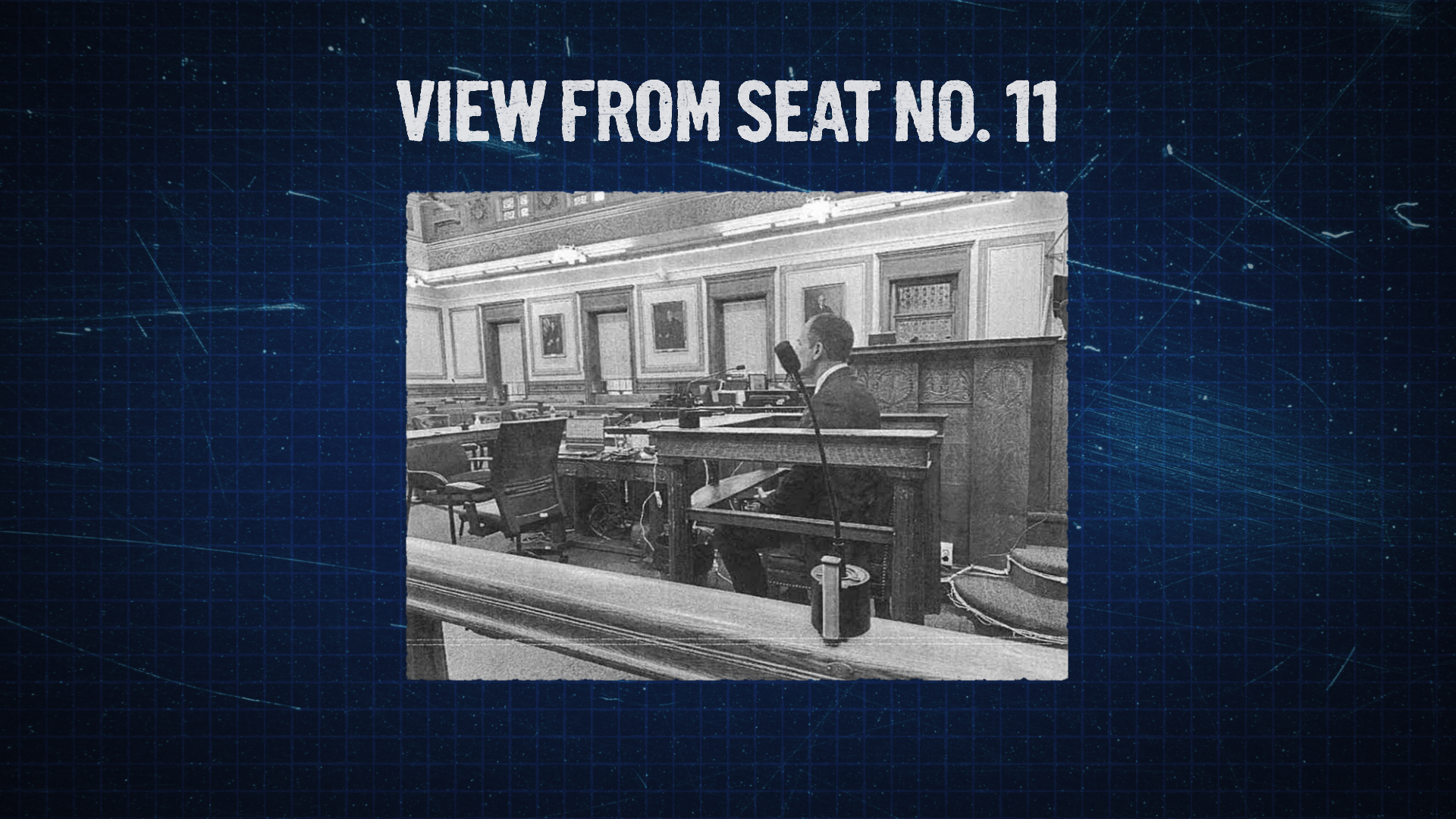Beachcombers in Hull, Massachusetts, are keeping their eyes out for more than shells and sea glass, after a long-buried shipwreck re-emerged on Nantasket Beach.
"It's cool, but I want to find out more about it," said Jessica Paula, a Simmons College student who grew up near the beach.
The wreck is barely visible above the sand on the beach. Monday, beach-goers could see part of one curving edge of the vessel. "I'm kind of bummed," Jessica's mother, Pat Paula, added. "I wish you could see more of it."
The wreck re-emerged from the sand after Nantasket Beach lost of lot of sand to winter storms and erosion, area residents told New England Cable News.
Vic Mastone, the director of the Board of Underwater Archaeological Resources in Boston, said the wreck appears to be a schooner from the mid-late 1800s. Mastone described schooners as the precursors to tractor trailers and passenger buses. He said the area around Hull was a particularly busy shipping route, with many vessels headed to Boston loaded with freight.
Mastone estimated the schooner at 75-120 feet long, and said he suspects it had two or three masts.
"It was totally shipwreck central," said Peter Wild, the executive director of the Hull Lifesaving Museum, told necn, describing the area around Nantasket Beach.
Massachusetts
The latest news from around the state
The Hull Lifesaving Museum tells stories of heroes who would risk their own lives to rescue mariners in trouble, often using a system called the Breeches Buoy, which functioned as a modern zipline does, to get shipwrecked sailors off their imperiled vessels. More information on the Hull Lifesaving Museum is available on this website.
Wild said he is still trying to identify the ship that has been re-discovered on Nantasket Beach, as well as what it originally was carrying. Any cargo would have been salvaged when the crash was fresh in the minds of the crew, Wild said, indicating there is surely nothing of intrinsic value buried in the sand.
The Boston Harbor Shipwreck website provides a list of historic wrecks in area waters. Wild told necn his aim is to compare the now-visible Nantasket Beach wreck to see if it is one of the crashes already listed in old records, or if it is one that historians were previously unaware of.
Mastone said beach-goers should by all means feel free to check out this interesting sight, but he asked that they do as their mothers might have told them: look with your eyes, not your hands.
Mastone and Wild urged people to not disturb the shipwreck. They asked beach-goers not to touch the wreck or remove pieces from the beach.
"Let your photographs and your memories be your only souvenirs," Mastone told necn over the phone.
More study of the wreck's location is still planned, Wild said. He explained his team will likely dig beneath the surface of the beach to examine more of the schooner's body.
Both Wild and Mastone said they expect the ship to stay just where it is, entombed in the beach, explaining it would be too costly and complicated to move the schooner.
Several Hull residents, while excited for the discovery, told necn they would actually be glad to see the schooner re-buried under the beach sand they lost to the rough winter.
"This beach has gone away; that's why it showed up," Hull resident Deb Seger-Pini said of the previously-lost schooner. "All the storms over the winter; all the erosion--that's why this is the first time anyone's seeing this. Hopefully the sand comes back and covers it over again."



